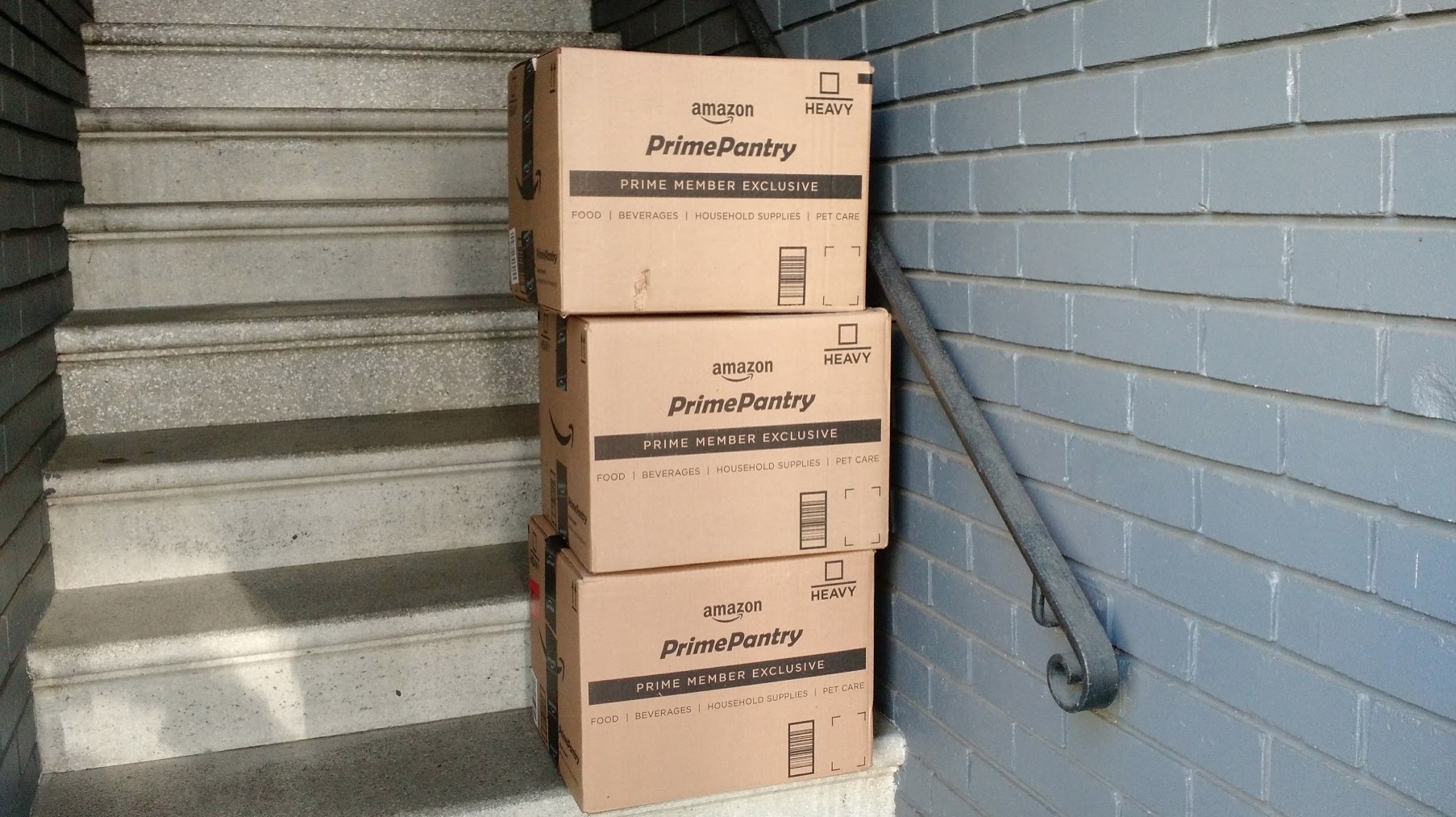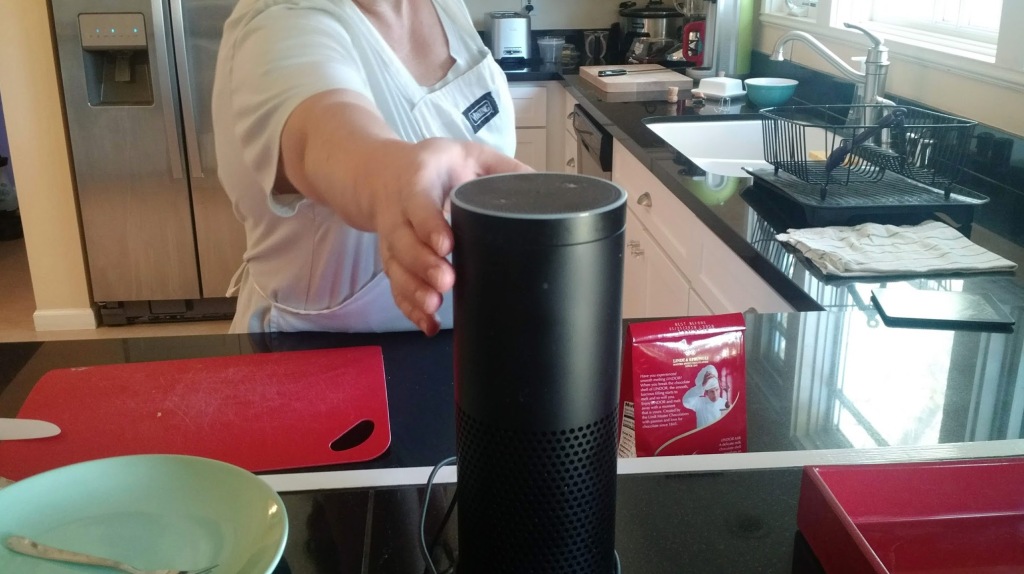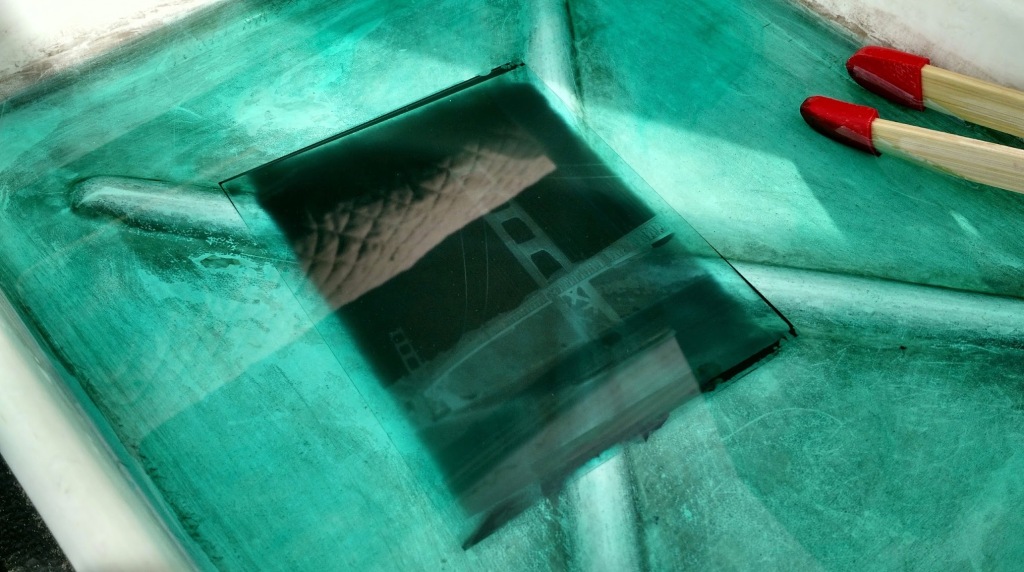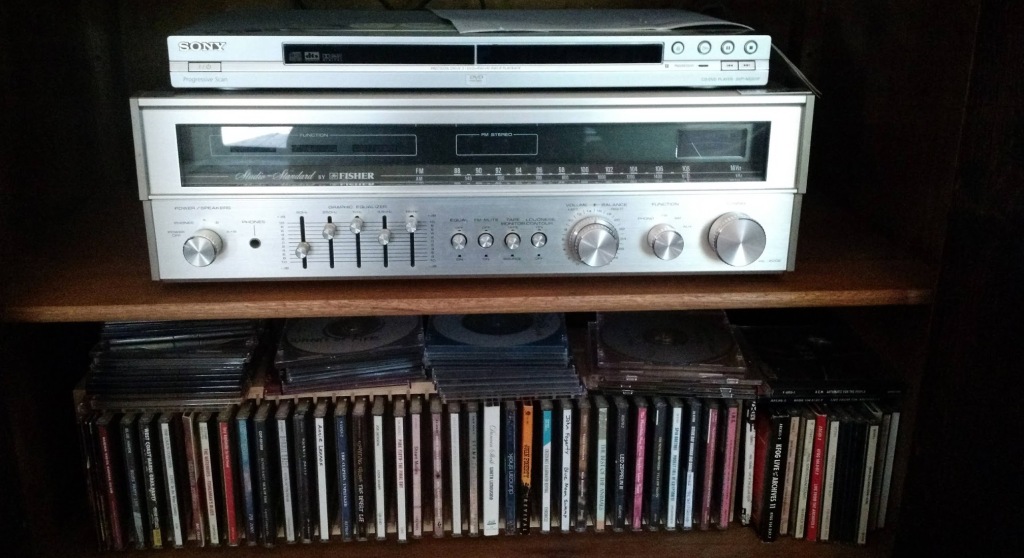
I was streaming “Killing Eve” on BBC America last night when the internet got glitchy. The picture sporadically pixilated and the audio became garbled for a few minutes at a time. Then the streaming would crash and need to be restarted again. I also noticed there were as many commercials on a streaming service as with broadcast TV. Someone has to pay for these shows and that business model hasn’t changed since the early days of radio. I got a flashback to my youth when television screens were small with giant cathode ray tubes housed in bulky wooden cabinets. Programs arrived via antennas shaped like rabbit ears that could be moved around to get better reception. In a storm the signal would break up in the atmosphere. My frustrations with digital equipment in the Information Age are eerily familiar.



Some years ago my land line telephone signal died. I contacted the phone company and had a maintenance guy come sort things out. He tested the line and announced that it was in fact dead, but he wasn’t able to resurrect it. I was confused. It’s a copper wire. There’s been a phone in this apartment for a century. Of course it can be fixed. There was a pause. Then he repeated his statement in a slightly different tone of voice. The line was dead and he couldn’t fix it. I got the hint. Land lines had become so unprofitable that the system was intentionally being allowed to deteriorate. The old phone was replaced with a Voice Over Internet Protocol unit from Ooma. A regular stationary phone is necessary because cell phones don’t function well in the apartment. I can see the giant transmission tower out my window, but still… no bars. And every so often, for reasons that I don’t understand, the VOIP phone craps out and garbles calls. A hundred years of technological innovation has unfolded and it’s still tricky to make a simple call sometimes.




The explosion of internet based home delivery options seems novel, but there’s absolutely nothing new about it. Retailers and manufacturers have used mail order catalogues for ages just as restaurants have delivered pizza and Chinese food from phone orders for decades. Only the intermediaries have shifted – slightly.

With the partial legalization of pot new ventures are entering the market. I have a friend who interviewed for a tech position at a company where he would be writing code. He was informed that Eaze isn’t a marijuana company. It’s a technology company. But on the ground a twenty two year old in a Volkswagen arrives at someone’s door carrying a little bag of “herbal remedies” for cash payment. How exactly is that different from what occurred in San Francisco 1972? (He declined the job.)


“Green” and “technology” have become meaningless add on phrases attached to every aspect of life. How is a plumber who clears out clogged sewer lines any different than in Roman times? A mule is replaced with a van. Now there’s a camera at the end of the sewer snake. But is it really different?



Here’s a car that can be rented explicitly to allow the driver to participate in ride hailing services like Lyft and Uber. In the Olde Days (ten years ago) many taxi drivers didn’t have the up-front cash required to own their own vehicles or licensing medallions so they effectively rented equipment from an established taxi company and hoped they generated enough in fares to earn a living. The difference between that and Hyrecar/Uber is extraordinarily subtle. What appears like a radical transformation in technology, the economy, and culture quickly reverts to a previous form with new names and fresh participants.

A friend in Silicon Valley works for one of the larger tech companies doing what she describes as “systems hardening.” They throw money at her in giant buckets. She helps anticipate, detect, and structurally defend tech companies from threats and breaches of all kinds. She never discusses the particulars, but after a problem has been well publicized in the media she’ll quietly nod that she lead the team that worked on X or Y. A few days ago while she prepared a lovely dinner she mentioned a university student who had successfully exploited a weakness in certain computer systems as an academic demonstration. It was one of many such techniques that would eventually be used by someone to disrupt something on a grand scale. It’s only a matter of time. And the most likely vector would be someone employed inside a tech behemoth. Internal security is a bit of an espionage house of mirrors.




I like to read a little bit of everything. Science fiction, or what some are now calling speculative fiction, offers glimpses into our present culture’s dreams and fears about the future. A prevalent theme includes a period of technologic blacking out. In each scenario, with different twists and permutations, the internet goes dark for a while. When it’s revived some things (financial accounts, medical records, family photos, legal documents) are permanently lost, and what remains is compromised – including society’s trust in such systems.
Another common thread is the way societies solve short term problems by adding new layers of complexity. But over time maintaining all that complexity itself becomes the primary burden which spawns a multitude of new problems. This summons a fresh round of solutions involving additional complexity. Rinse. Repeat.





No one has benefited more from digital photography than I have. But I came upon this guy using an old school technique for creating photos that has all but disappeared. The quality of the photos is low by modern standards, although they are beautiful in their own way. And there’s something magical about creating something directly with simple materials with your own hands.





I spent a few days at a friend’s house helping him renovate his kitchen. In the evenings we’d have dinner, fix ourselves a couple of drinks, and settle in to a good movie. He’s frugal and gets second hand equipment from thrift stores and the local landfill shop. (Yes, many landfills have retail stores full of unwanted goods.) Anything electronic that’s more than a few years old is essentially free. VHS tapes arrive by the case in perfect working order as people dump yesteryear’s technology. Free. Lately he’s noticed the shift to DVDs and CDs on offer in the “please give them a good home” pile now that electronic streaming has eliminated the need for physical stuff. Keep in mind, this is a guy who works as a self employed handyman yet owns five mortgage free homes. His relationship to money and “things” is focused on what’s real not what’s fashionable.
I’ve developed my own personal strategy for navigating the future. I use technology (like this blog) for things that are fun and convenient, but not essential. Things that are critically important I keep off grid. I find real pleasure in atavistic activities – growing and preserving food, making and fixing things by hand, reading paper books, and understanding which things I truly need and what’s just hype. If the lights go out for a while… I’m good.
This piece first appeared on Granola Shotgun.
John Sanphillippo lives in San Francisco and blogs about urbanism, adaptation, and resilience at granolashotgun.com. He's a member of the Congress for New Urbanism, films videos for faircompanies.com, and is a regular contributor to Strongtowns.org. He earns his living by buying, renovating, and renting undervalued properties in places that have good long term prospects. He is a graduate of Rutgers University.












